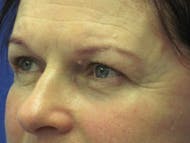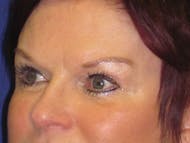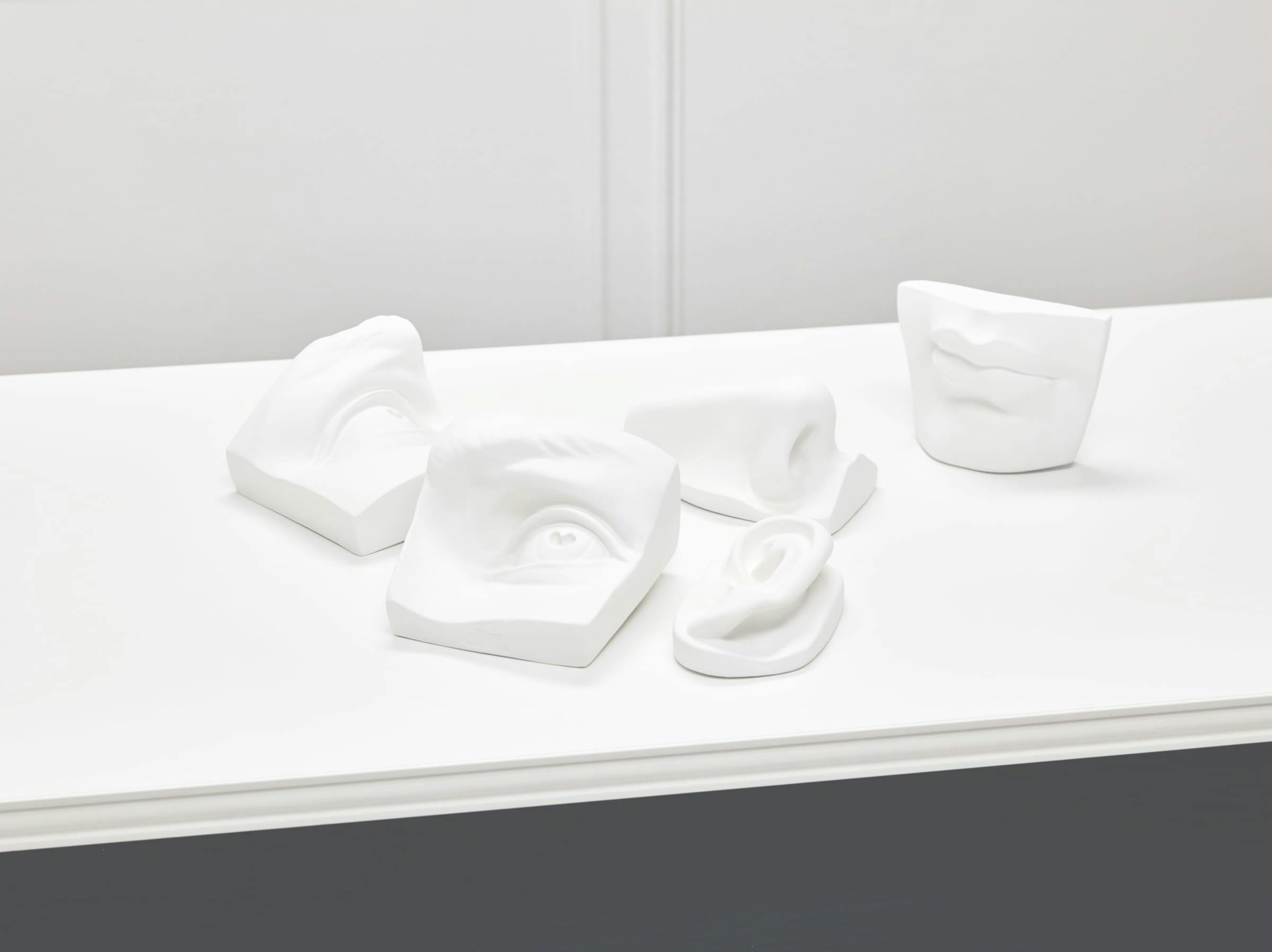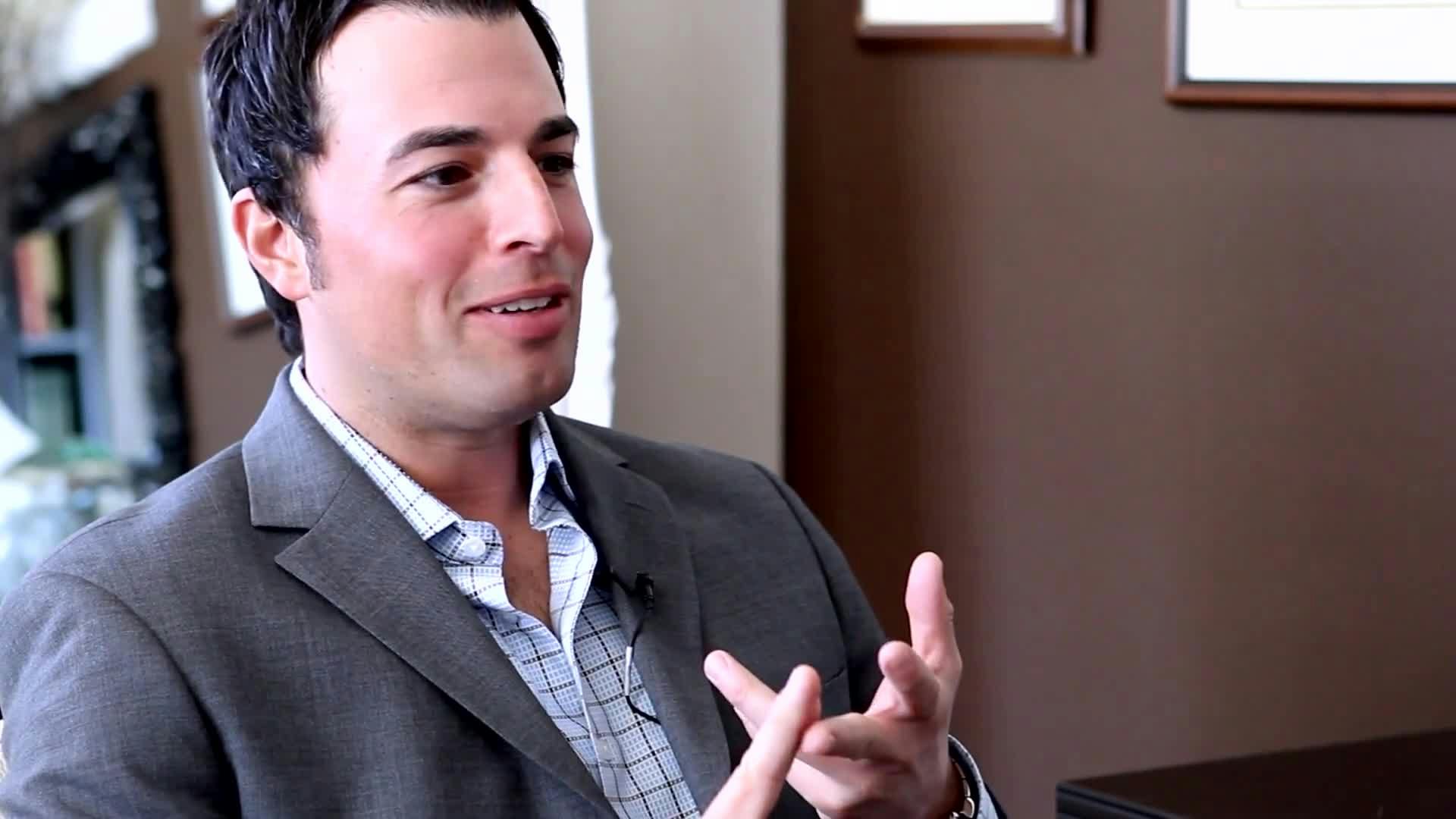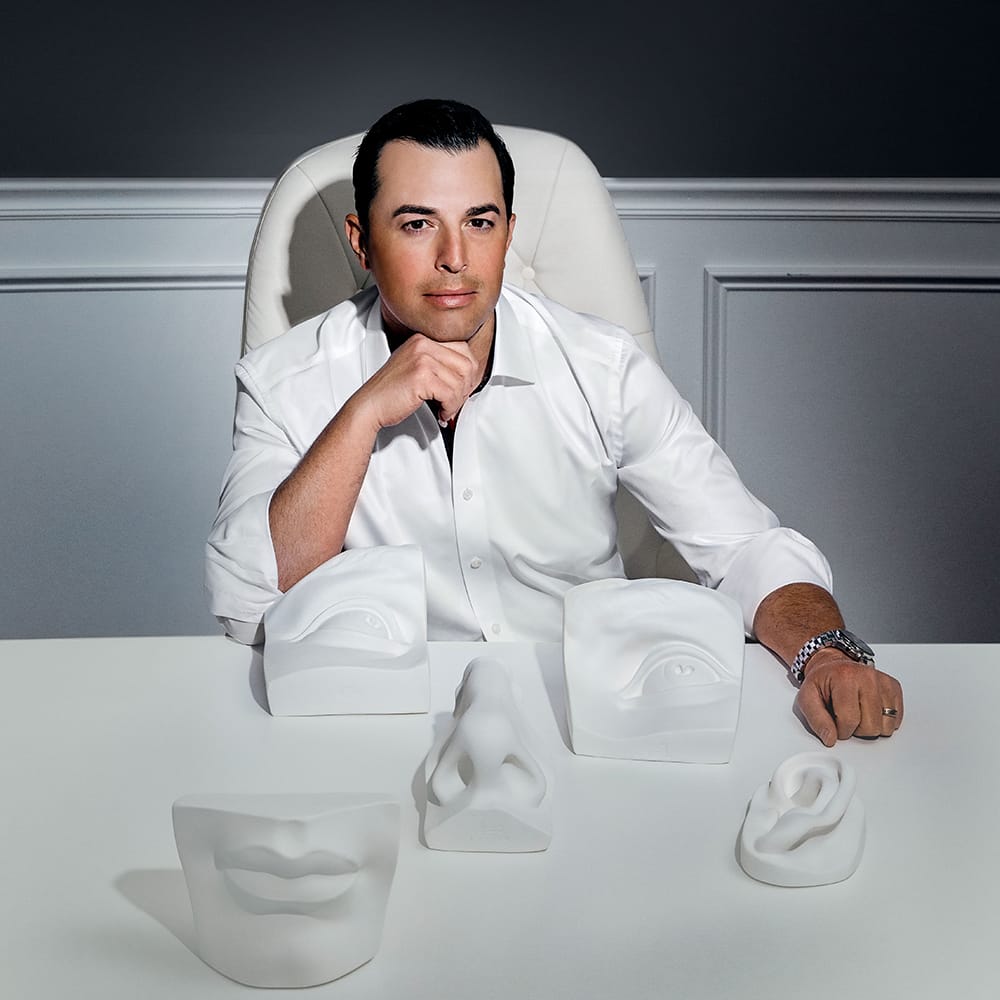What are some of the techniques used in brow lifts?
Board-certified facial plastic surgeons, such as Dr. Corrado, often utilize several techniques towards achieving forehead/brow rejuvenation.
Doctors frequently employ the use of a surgical endoscope, a small operating “telescope,” which allows them to operate on this complex area through tiny incisions.
- The Endoscopic Forehead/Brow lift can be performed through five, half-inch incisions which are hidden behind the hairline.
- Other traditional brow lifting techniques, such as the direct browlift, indirect brow lift, or trichophytic brow lift, may also be used depending on the characteristics of the patient.
- Patients who display mild issues related to sagging brows can typically be treated with a more minimally invasive procedure such as a mini brow lift. This procedure requires fewer incisions, less surgical trauma and allows for a faster recovery.




